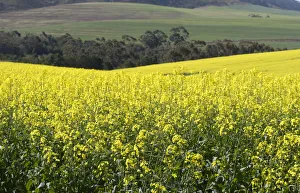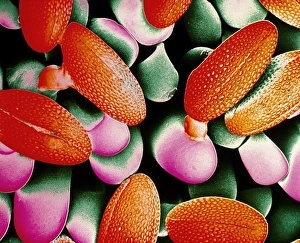Brassica Campestris Collection
"Brassica campestris: A Vibrant Tapestry of Abundance and Beauty in Nature" In the world of agriculture
All Professionally Made to Order for Quick Shipping
"Brassica campestris: A Vibrant Tapestry of Abundance and Beauty in Nature" In the world of agriculture, few plants can rival the versatility and beauty of Brassica campestris. This remarkable species, also known as turnip or canola, captivates with its vibrant colors and abundant growth. From the germination of turnip pollen to the fruiting stages of charlock, wild turnip, and wild radish, this plant showcases nature's ability to create a stunning tapestry. Dating back to 1863, Victorian botanical illustrations by Wild Neveu immortalize the elegance of Brassica campestris. These color images capture every intricate detail with precision and grace. The illustrations serve as a testament to both scientific curiosity and artistic appreciation for the wonders found in our natural world. Found across various regions such as Caledon in Canada or Lafayette Reservoir in California, Brassica campestris attracts not only human admirers but also buzzing bees seeking nectar from its blossoms. As these industrious insects flit from flower to flower, they contribute to pollination processes that ensure future generations of this magnificent plant. The abundance displayed by Brassica campestris is not limited solely to its physical presence; it extends into agricultural practices around the globe. Farmers have long recognized its value as a crop due to its high oil content and nutritional benefits. Canola oil derived from this species has become an essential ingredient in countless kitchens worldwide. Whether one marvels at Victorian botanical illustrations or encounters fields adorned with yellow blooms during springtime hikes through Washington or California landscapes - there is no denying that Brassica campestris holds a special place within our hearts. Its resilience against changing climates coupled with its captivating beauty make it an enduring symbol of nature's artistry and bounty for generations past, present, and future.





